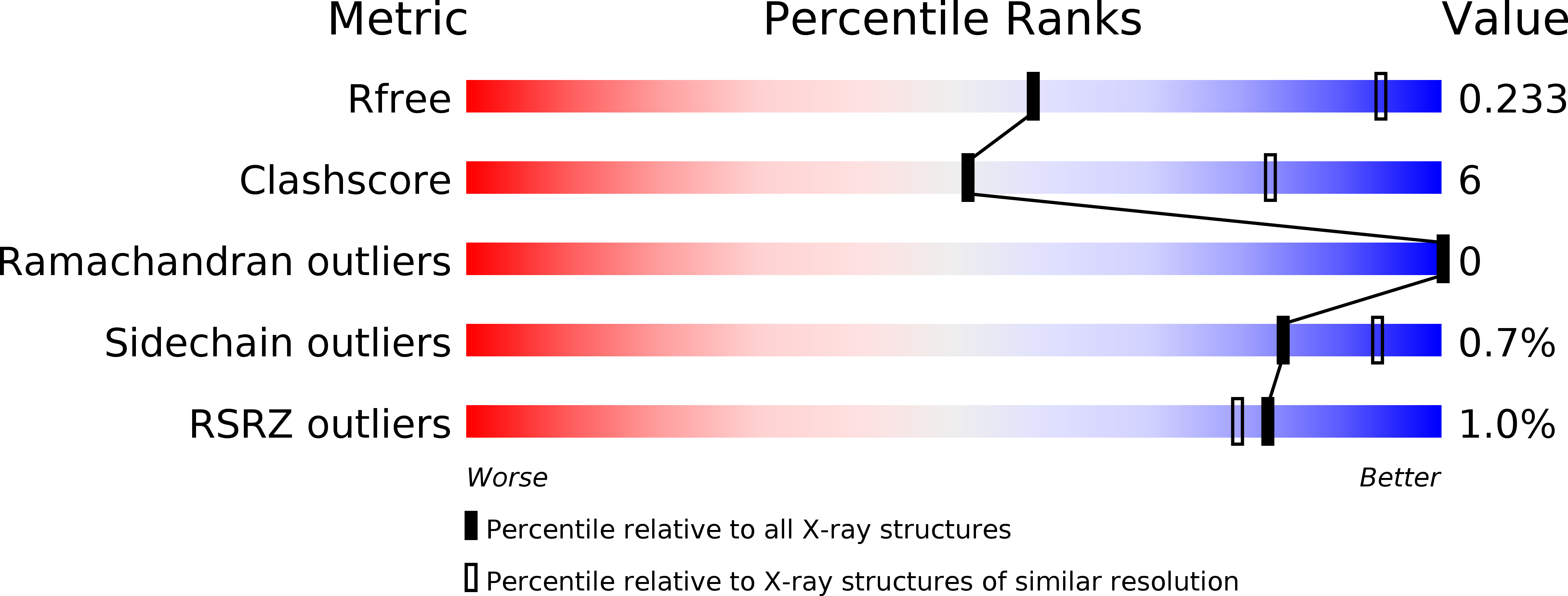
Deposition Date
2019-05-15
Release Date
2020-03-11
Last Version Date
2024-10-23
Entry Detail
PDB ID:
6OZ9
Keywords:
Title:
Ebola virus glycoprotein in complex with EBOV-520 Fab
Biological Source:
Source Organism:
Ebola virus (Taxon ID: 1570291)
Homo sapiens (Taxon ID: 9606)
Homo sapiens (Taxon ID: 9606)
Host Organism:
Method Details:
Experimental Method:
Resolution:
3.46 Å
R-Value Free:
0.23
R-Value Work:
0.19
R-Value Observed:
0.20
Space Group:
P 41 3 2


